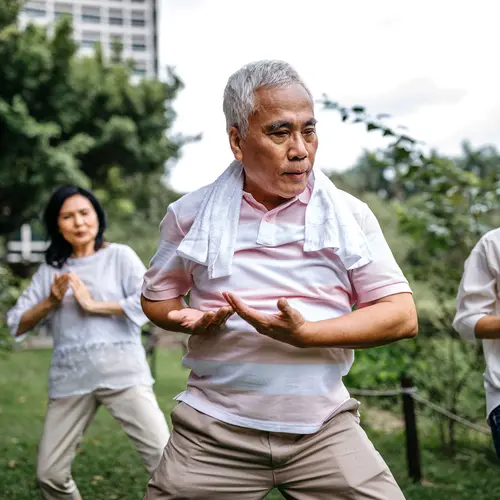What Is Touch Starvation?
Touch starvation is a condition that happens when you don’t get as much physical touch as you’re used to -- or any at all. You crave contact but can’t interact with others for some reason. It’s also known as touch deprivation or skin hunger.
People may develop touch starvation because of social distancing during the COVID-19 pandemic. But it can happen with any lack of physical touch, such as children in orphanages and elderly people in hospitals who don’t get enough positive contact.
Why Touch Is Important
Human touch is a huge part of how we interact with others. We shake our co-workers’ hands, hug our loved ones, and high-five our friends. We bond through physical touch.
Skin is the largest organ in your body and sends good and bad touch sensations to your brain. When you engage in pleasant touch, like a hug, your brain releases a hormone called oxytocin. This makes you feel good and firms up emotional and social bonds while lowering anxiety and fear.
This reaction begins at birth. When babies are born, doctors suggest that mothers hold and comfort them often to promote healthy development. This human-to-human interaction keeps up throughout our lives. Even in adulthood, human touch helps regulate sleep and digestion, build your immune system, and fight infections.
Effects of Touch Starvation
When you don’t get enough physical touch, you can become stressed, anxious, or depressed. As a response to stress, your body makes a hormone called cortisol. This can cause your heart rate, blood pressure, muscle tension, and breathing rate to go up, with bad effects for your immune and digestive systems.
These things can lead to worse quality of sleep and a higher risk of infections. Other medical conditions, including diabetes, asthma, and high blood pressure, may get worse.
Long-term touch starvation could even trigger post-traumatic stress disorder (PTSD).
How to Fight Touch Starvation
There are ways to fight the effects of touch starvation, even when you can’t physically interact with other people:
Video chat. They don’t fully replace human touch, but video calls let us visually interact with others. They may ease some of the symptoms of touch starvation.
Online exercise.Yoga or workout classes online help you interact in a social setting, creating a friendly environment so you feel less lonely.
Singing and dancing. Activities like these can boost your oxytocin levels even when you can’t see people.
Interacting with pets. Though they’re not human, playing with your pet can help you stay relaxed. Because it’s a form of interaction, it could ease some touch starvation symptoms. Studies show that oxytocin levels peak in dog owners when they caress their pets.

